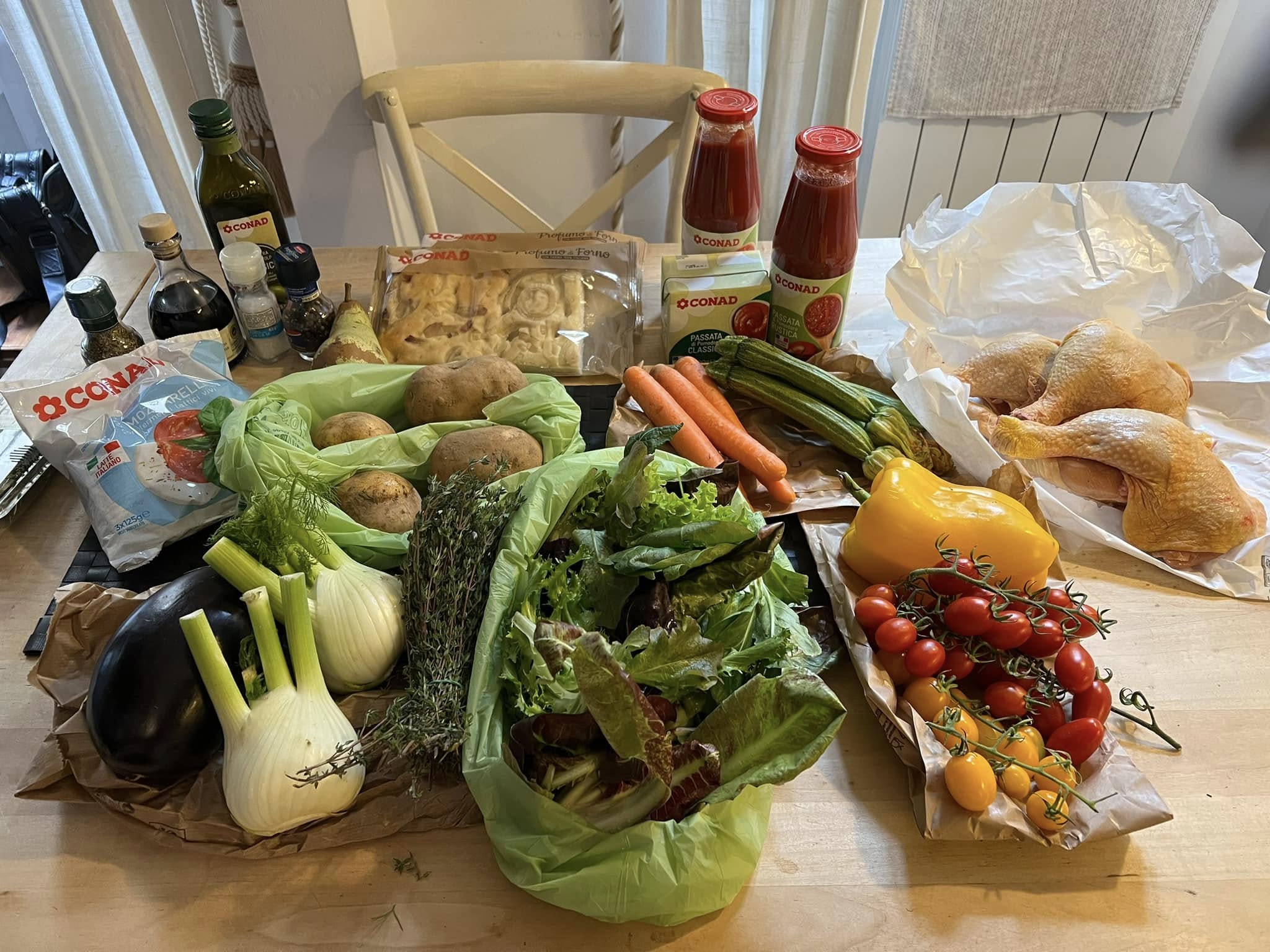My love for Florence is no secret, and whenever anyone asks me what I recommend to see or do, I'm never short of a suggestion or two. Several years ago, I put together my own short guide to Florence, which I've shared with friends. Today, I thought I'd share a section with you. This is the section that everyone enjoys...the food and drink! I hope you enjoy it.
Where to start with Florence and Tuscany’s food and drink! The most important factor here is the ingredients. Yes, it’s a very obvious statement, but wait until you see what is on offer in the markets. Even the local supermarkets have good quality food and drink to buy. Tuscan cooking is essentially “cucina povera”, which means “poor” cooking; good ingredients, cooked simply and with love. Some of the best meals I have ever eaten have been in Florence, and they have all followed this same pattern.
Meat is an important part of the Tuscan diet, but so is a variety of vegetables, beans and pulses. Vegetarians have no problem eating well in Florence. Those needing a gluten-free diet are also well-catered for, as Italy is very pro-active in identifying coeliac disease in their population, testing children at an early age. For a country known for pizza and pasta, this is a big consideration. Ask for "senza glutine". While you will find fish sold in Florence, it is not known for its fish or seafood, as the city is quite a way from the coast. (For fresh, local fish, I’d recommend a trip to Livorno on the coast.)
When you research the subject, you'll find that there are hundreds of thousands of pages in print covering Tuscan and Florentine cooking, so I am just going to mention a few of my favourites, in the hope that they will soon become yours.
Antipasti/Sharing Platters
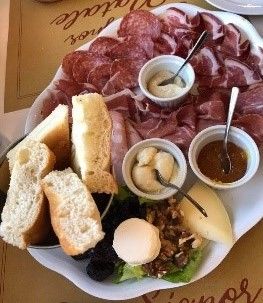
This type of sharing platter includes a selection of cured meats and salamis, local cheeses, olives, chutneys, olive oil and the most beautiful bread that you will ever taste. Obviously, contents will vary depending on where you go, but they will rarely disappoint. It’s perfect for a lazy afternoon, spent talking and drinking good wine (more of which, later!)
Bistecca Fiorentina (Florentine Steak)
There is a legend that the origin of this truly Florentine specialty is connected with the famous Medici family. The story goes that the family would celebrate San Lorenzo’s day (Aug 10th) by offering great chunks of meat to the population, which were to be roasted in the city’s piazzas. Sadly, there is no evidence to back up this tale, but I like the story. The Florentine steak is a porterhouse cut from the Chianina breeds of cattle – one of the oldest breeds, once used for heavy work by the Romans.
Any self-respecting restaurant will show you your steak before it’s cooked and check your approval. Don’t be afraid to ask for larger or smaller. You will be shown a steak that has been aged for some days, with a T-bone through the centre, also containing a fillet on one side. It’s usually at least 1” thick and usually weighs around 1kg. (Perfect to share!) Florentine steaks are usually priced by the kilo, so bear this in mind too.
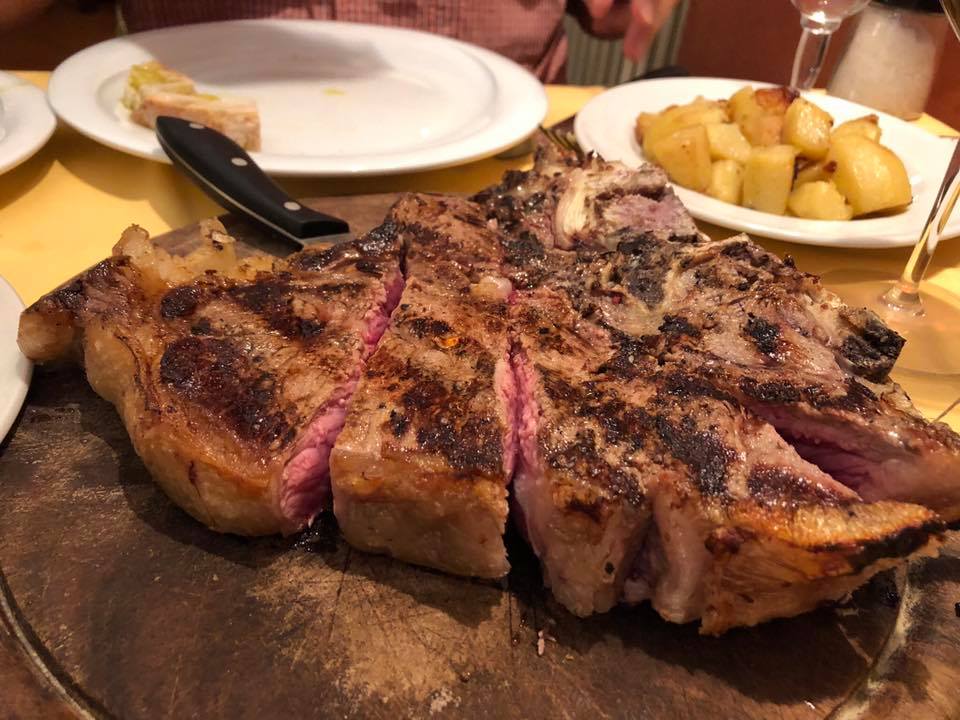
At this point, please pay strict attention to my next piece of advice. Never, and I mean NEVER ask for a Florentine steak to be cooked medium or well-done! You may find a restaurant who will do it for you (others won’t!), but you will be regarded with Italian disdain. It is a matter of pride. Also, the rare (or al sangue) steak is just beautiful as it is. There is no more to say!
Ribollita (Tuscan Bean Soup)
There is no standard way of cooking this delicious and nourishing soup. It is said to date back centuries, when servants would gather leftovers from banquets and cook them up for their own dinners. Nowadays, every cook has their own recipe, and many will guard that recipe with their life. This is the epitome of cucina povera, as it uses whatever may be available, but usually includes vegetables such as onion, carrot, celery (the Holy Trinity of Italian cooking), cannellini beans, cabbage, vegetable stock and sometimes tomatoes or leftover bread. It is cooked for hours until the stew becomes thick and unctuous.
Here's one that I made on one of our trips. It really hit the spot.
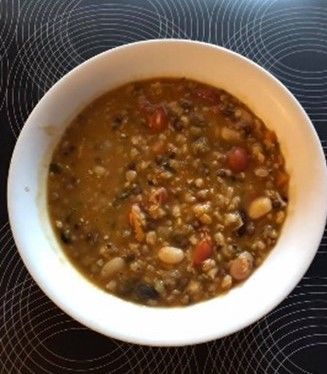
Cinghiale (Wild Boar)
An ingredient that you won’t find very often in the UK, it’s on almost every menu in Florence. It has been a staple food for farmers in Tuscany for centuries and is still as popular today. It usually served as a delicious stew, or more commonly in restaurants, as a ragu (sauce) to go with pasta. The most common method of serving cinghiale is in a red wine and tomato ragu with pappardelle pasta, a thick ribbon pasta which holds the thick sauce.
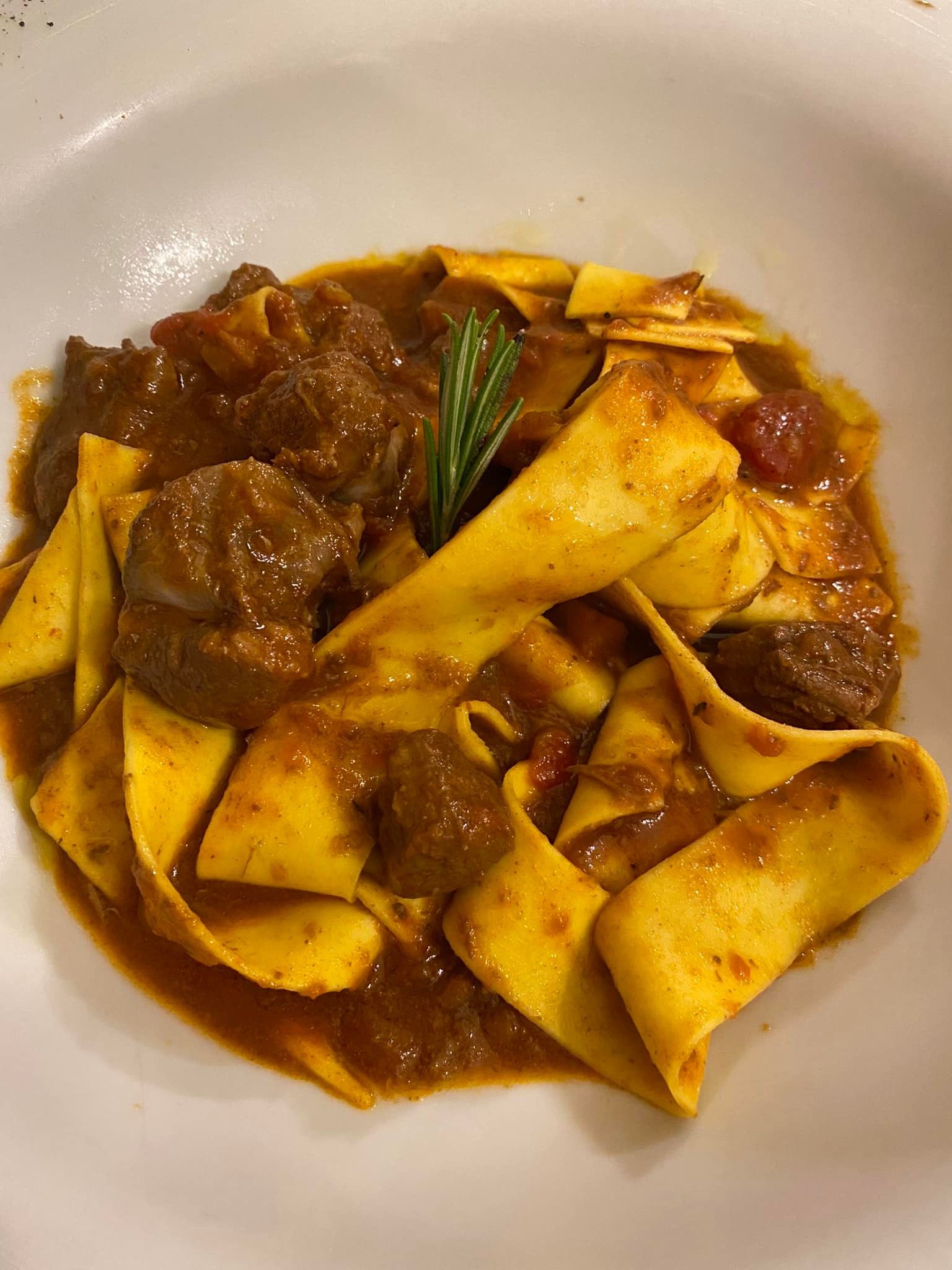
Sweet Treats
The pasticceria is a dangerous place to visit. Your eye will be drawn to all manner of sugary naughtiness, but of course, you're on holiday. Those calories don't count!
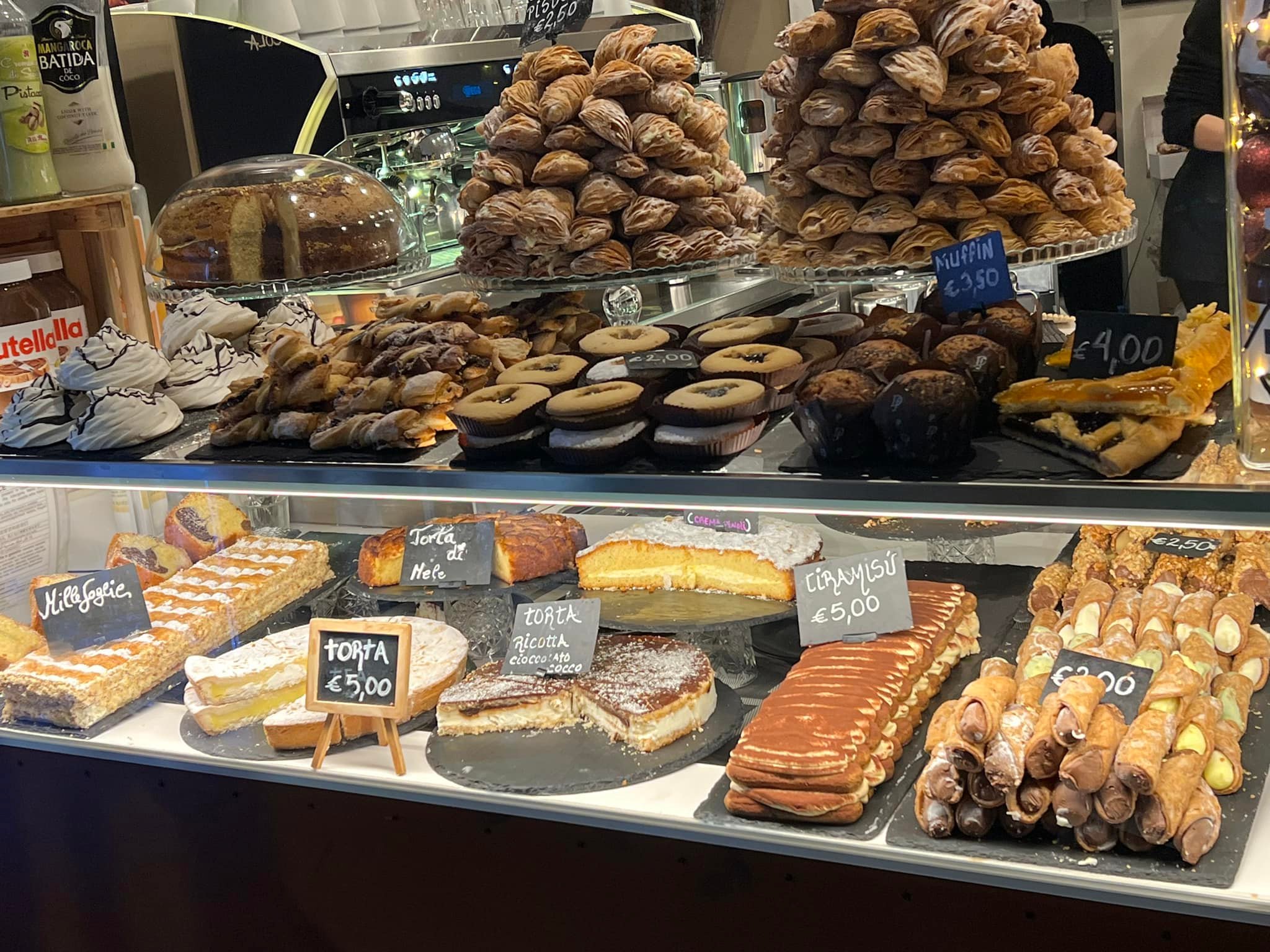
Coffee
What is your preference? Americano, cappuccino, espresso (please, not eXpresso!)? You will find many “rules” associated with coffee. For example, "nobody drinks cappuccino after 11:00am". While many Italians tend to abide by these habits, in reality, whatever you ask for, and whenever you ask for it, you’ll be happily served. One point to note, however, if you choose to take a seat while you are drinking your coffee, you will be charged more than if you drink at the bar. Sometimes, though, when your feet are crying in pain after pounding the streets of Florence, those extra few cents are worth it.
In many coffee shops, you have to order and pay for your drink first, then take the receipt to the barrista who will prepare your coffee. Sounds a bit of a faff, but the coffee is so good.

Wine
Of course, I’ve left the best until last! Wherever you go in Italy, you will have a fantastic choice of good wine at a reasonable cost. As a general rule, just order a litre of the house wine, and you will be very pleasantly surprised. Whether you order white or red depends on your own taste, but also where you are. For example, in Rome, I always order white, because their regional specialty is Frascati. In Florence, however, it’s red…deep, fragrant, smooth red. Chianti is the wine most famous in this region, and it is available everywhere. You can pay any price for it, if you want to move up the ladder, but a jug of house red (Vino Rosso della casa – un litro or un mezzo-litro) is almost invariably a good quality, local Chianti at a fraction of the price. I’d suggest that you need look no further. However, there are a number of other wines to look out for: the locals love a good Brunello di Montalcino; there’s also Vernaccia di San Gimignano and many others to tempt you. Saluté!
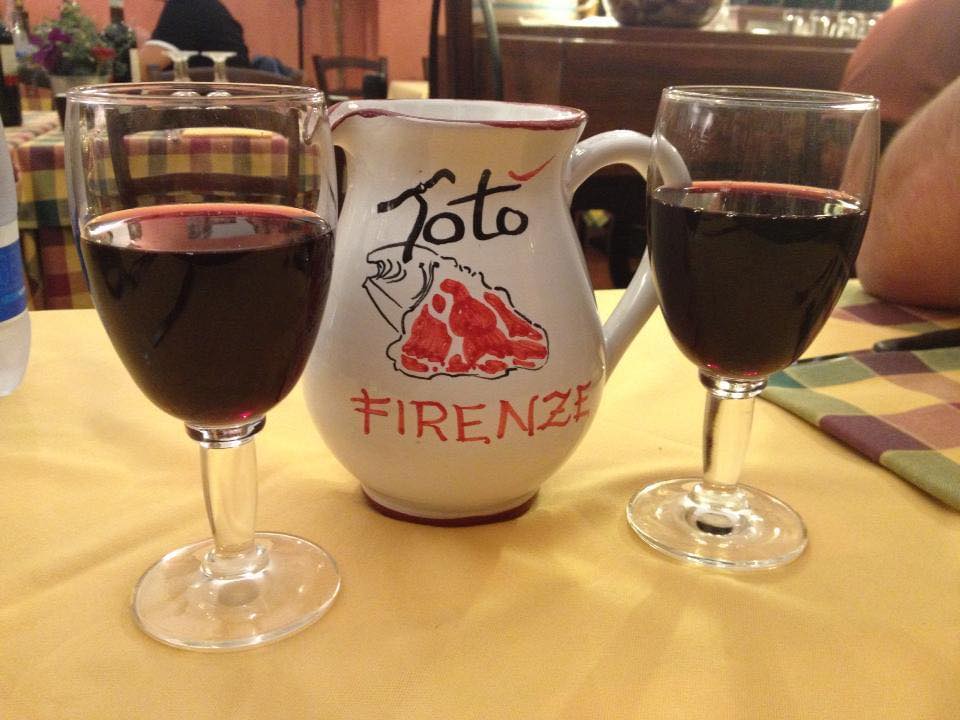
So, I hope I've tickled your tastebuds! Of course, this isn't even the tip of the tip of the iceberg.
What would you recommend?

